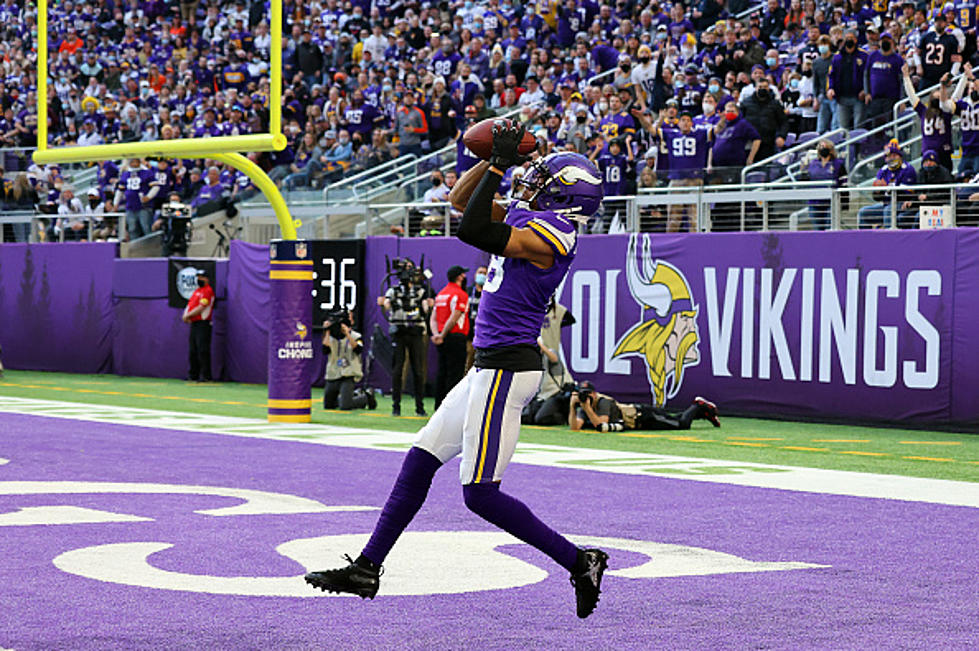
Nuisance Bear Activity on the Increase in Minnesota
The shortage of natural food supplies have bears in Minnesota on the hunt for food from humans sources, creating an increase in conflicts.
While the increase activity is most prevalent in the northern third of the state (where there are commonly more bears), those of us in Central Minnesota are also seeing more bears around.
The Minnesota Department of Natural Resources puts the responsibility of managing bear interactions on humans (mainly because bears can't read their recommendations, so it's up to us).
The best way to avoid problems with bears is to not attract them in the first place. Once a bear finds a food source, it will return repeatedly. Bears prefer natural foods and are especially attracted to calorie-dense food sources. They have an incredible sense of smell, are opportunistic and are easily attracted to foods or food sources provided by humans (including things like dog food, birdseed and grease).

A great resource for ideas on managing bears in your area can be found at BearWise.org. They offer guidance on the effect that feeding your pets outdoors, bird feeders, outdoor cooking with grills, and garbage & recycling can have on human/bear interactions.
According to the Minnesota DNR, bears can consume 12,000-20,000 calories a day to prepare for hibernation. That’s the equivalent of 6-7 pounds of black oil sunflower seed or about 700-800 acorns. If they can't find that, they're coming to your house to find something to eat.
If you have persistent bear problems after making recommended adjustments from the DNR's bear preparedness tips, you should contact your local DNR Area Wildlife Manager for assistance.
Pete Hanson is on 98.1 Minnesota's New Country weekday mornings from 5:30 to 10:00.
Explore Maple Island Park in Little Falls
More From 98.1 Minnesota's New Country









